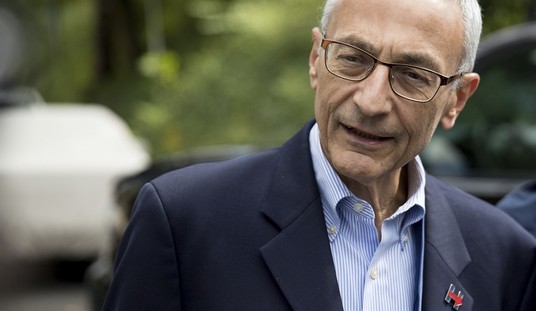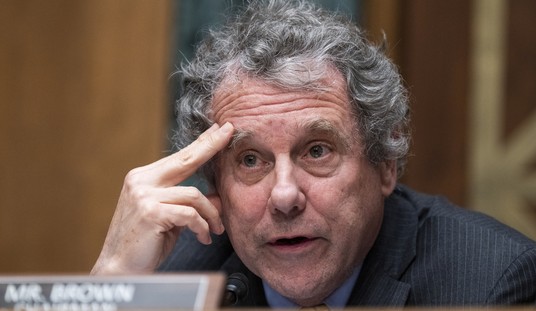Much of the “stimulus” debate has revolved around macroeconomic issues. Obama squandered about $800 billion, supposedly to “jolt” the economy, but growth has been anemic and the employment situation has been miserable.
But it’s equally instructive to look at the microeconomic impact. And that’s exactly what the folks at Reason TV did with this expose of how money was wasted in a suburb of Washington, DC.
While the video is a damning indictment of how the faux stimulus failed, it actually is too generous in its analysis.
It looks at how much money was misallocated in Silver Spring, MD, and shows how few jobs were created, but it also should have asked what would have happened if the so-called stimulus never happened and the $800 billion was left in the productive sector of the economy.
In other words, As I wrote back in September, how much stronger would the economy be if the government had not diverted all that money to Washington?
..to paraphrase Bastiat, we want to look not only as the “seen” of government spending, but we also want to look at the “unseen” of how the money otherwise would have been allocated. What modern economists sometimes refer to as the “opportunity cost” …The relevant question, from an economic perspective, is whether the government can utilize resources more efficiently and productively than the private sector. Needless to say, there are not many types of government spending that meet this test.
Dan Mitchell, Cato Institute

























Join the conversation as a VIP Member